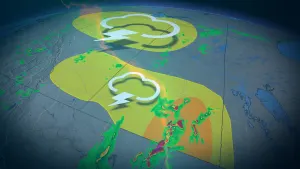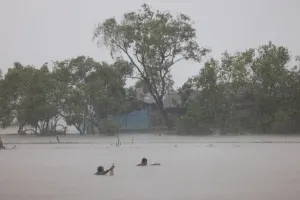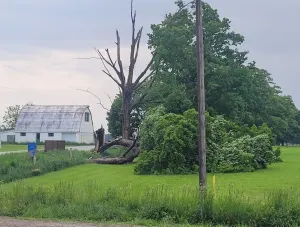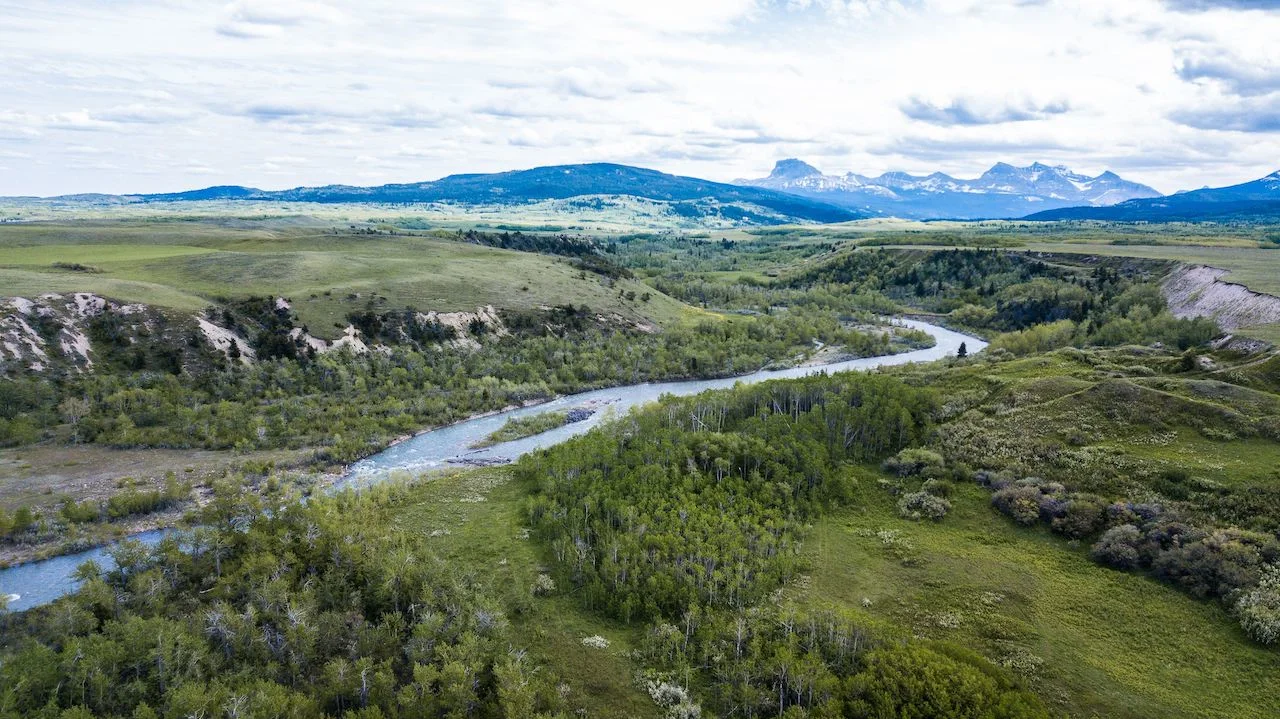
Vital Alberta site gets conservation boost for grasslands, wildlife
The recently secured property is alongside 800 metres of Alberta's Belly River, providing habitat for birds, amphibians and fish that dwell within the waterways.
Known for its breathtaking landscapes, Alberta's Waterton Lakes National Park has been given additional environmental protection near it to ensure the surrounding invaluable topography and wildlife are conserved.
Earlier this month, the Nature Conservancy of Canada (NCC) secured the 43-hectare Belly River property, growing its existing network of conservation lands adjacent to the national park.
SEE ALSO: First-of-a-kind study reveals Canada’s most vulnerable eco-regions
The property is alongside 800 metres of the Belly River, providing habitat for birds, amphibians and fish that dwell within the waterways. The site contains numerous critical habitats that go beyond the boundaries of the already protected national park.
The Belly River is added to NCC’s existing group of conservation lands adjacent to Waterton Lakes National Park. This site surrounds existing NCC-owned lands to the west and south and is close to numerous other conservation projects.
Since 1998, NCC, with aid from donors, foundations and governments, has protected more than 18,000 hectares neighbouring Waterton Lakes National Park.
“This particular property is in really close proximity to other conservation lands. It adds to this network of conservation sites throughout outside of the park gates. It has a lot of really valuable and intact habitat," said Carys Richards, communications manager with NCC, in a recent interview with The Weather Network.

(Brent Calver)
AT-RISK SPECIES DEPEND ON DISAPPEARING GRASSLANDS
Native grasslands house 85 per cent of Alberta’s at-risk species, and any modifications to this habitat will have ramifications for wildlife, according to the NCC. Two-thirds of the Belly River property are native grasslands.
“The majority of Canada’s at-risk species depend on our grasslands at some point in their lives, whether it’s for habitat, food or migration," said Richards. “Losing our Canadian grasslands would have a huge impact on our species at risk.”
Native grasslands are one of the world’s most endangered ecosystems and are vanishing at a “really alarming rate” in Canada, Richards said.
“They’re disappearing quicker than coral reefs or the rainforest. Any piece of native grassland that we can protect for future generations is going to be really instrumental in our fight to try to keep our wilderness intact and provide habitat for the species that live in and move through this region," said Richards.
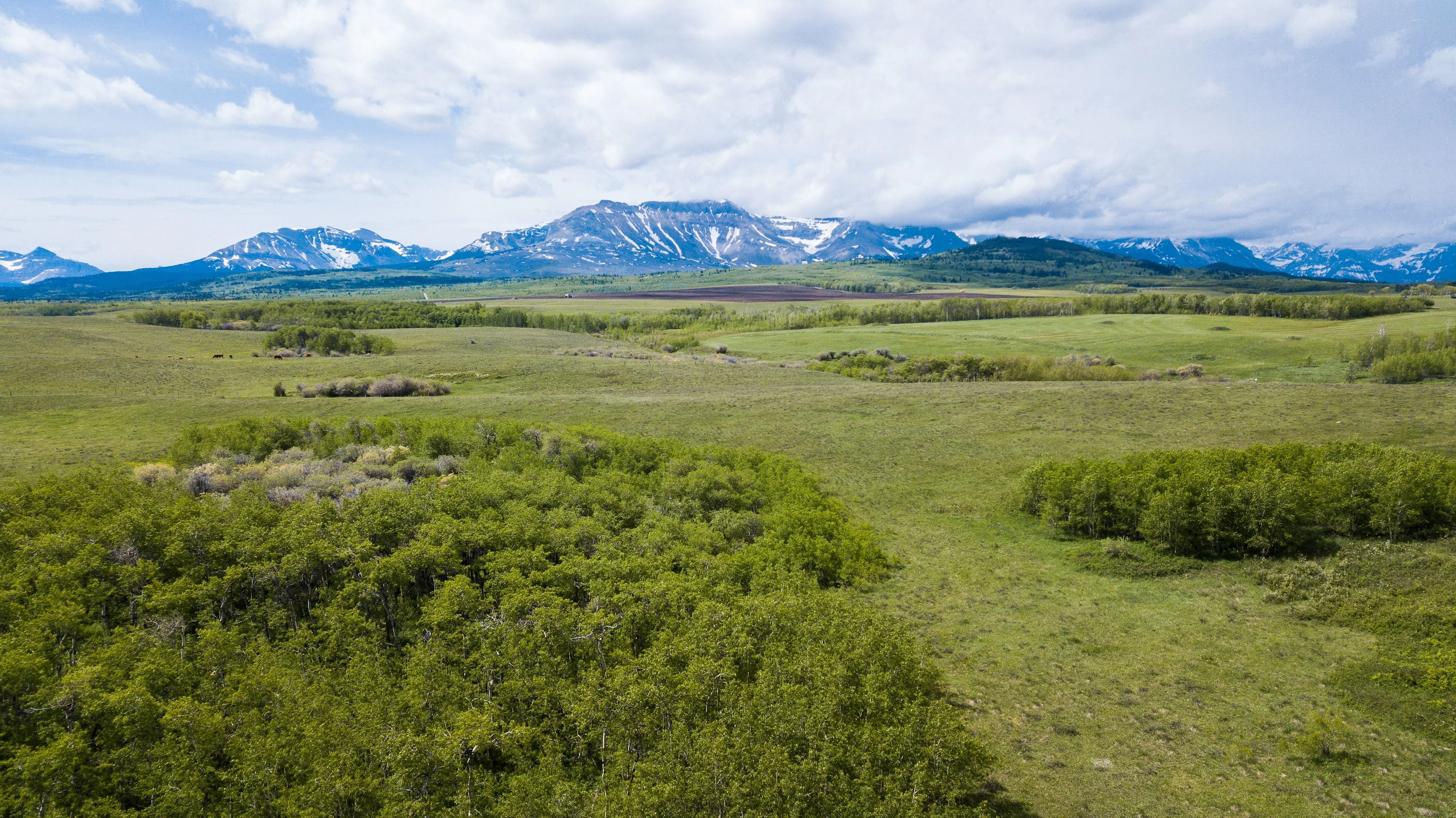
(Brent Calver)
Richards attributes the disappearance of Canada's grasslands to other land uses including development, residential, cultivation or conversion into other crop productions.
As well, one of the at-risk species that resides on the site is the endangered limber pine tree, situated in the montane and subalpine regions of the Rocky Mountains. According to the NCC, limber pine trees can live for more than 1,000 years under ideal conditions and don't reach maturity until they are about 50 years old.
Steven Guilbeault, Minister of Environment and Climate Change, said protecting more of Canada's "natural beauty is an important part of our plan to address the twin crises of climate change and biodiversity loss," in a news release.
"Through programs like the Canada Nature Fund’s Natural Heritage Conservation Program, we are making progress toward conserving a quarter of Canada’s land and a quarter of its oceans by 2025," said Guilbeault.
WILDLIFE NEED 'LARGE SPACES'
The 43-hectare Belly River site also provides habitat and connectivity for various wildlife including wolves, cougars, wolverines, Canada lynx and their prey, as well as grizzly bears, which is of special concern under Canada’s Species at Risk Act.
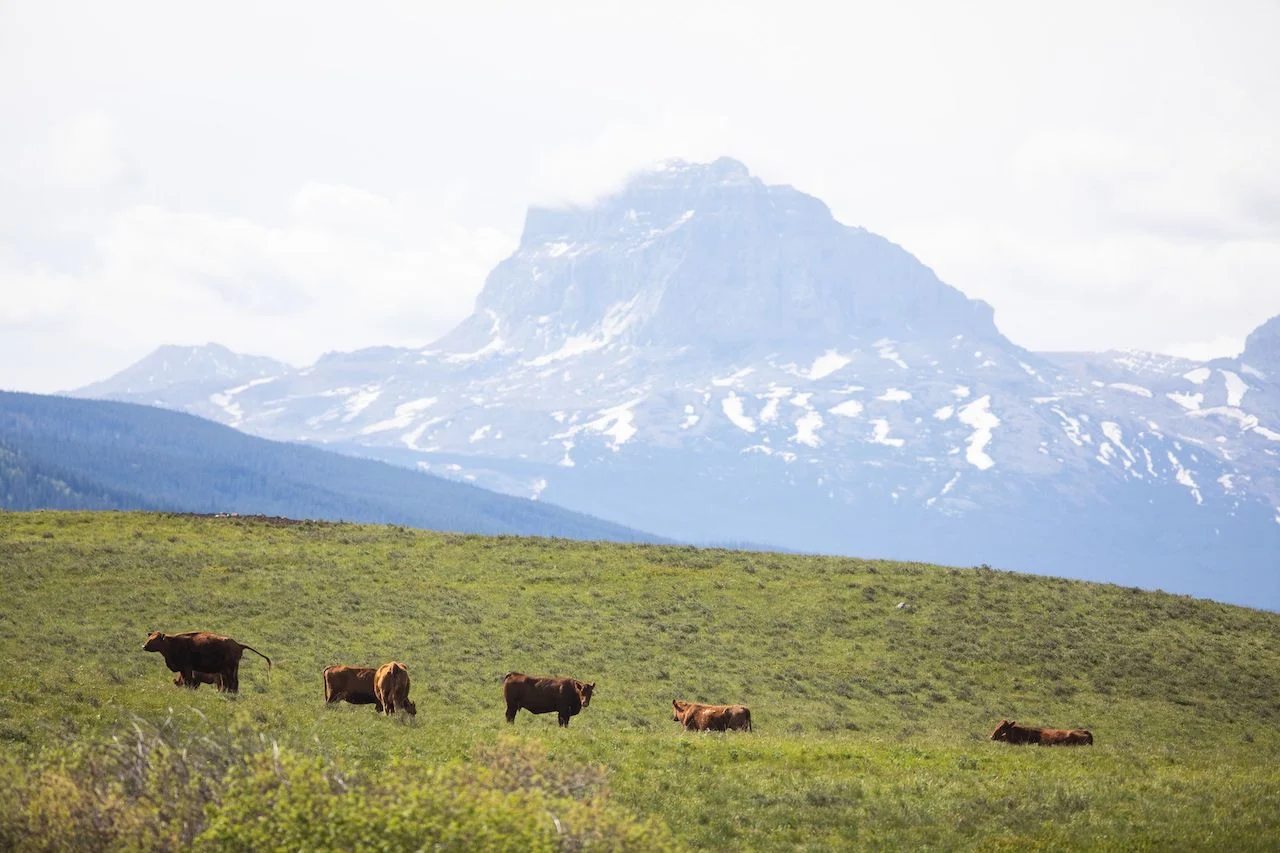
(Brent Calver)
“Animals like grizzly bears need a lot of habitat to live in and to roam through," said Richards. "If we fragment our native landscapes and only leave little pockets of habitat, that’s not enough space for them to thrive in."
What we need, Richards said, is "large, connected landscapes" so the animals have the space they need to hunt, migrate and find their mates so they can reproduce.
"This Belly River property is a piece of the puzzle that we’re hoping to put together to ensure that the animals that are currently in this area can remain there and really thrive," said Richards. "Without these dedicated supporters, donors and landowners that work with organizations like NCC, this wouldn't be possible. It really is a collaborative effort."
Thumbnail courtesy of Brent Calver.
Follow Nathan Howes on Twitter.







